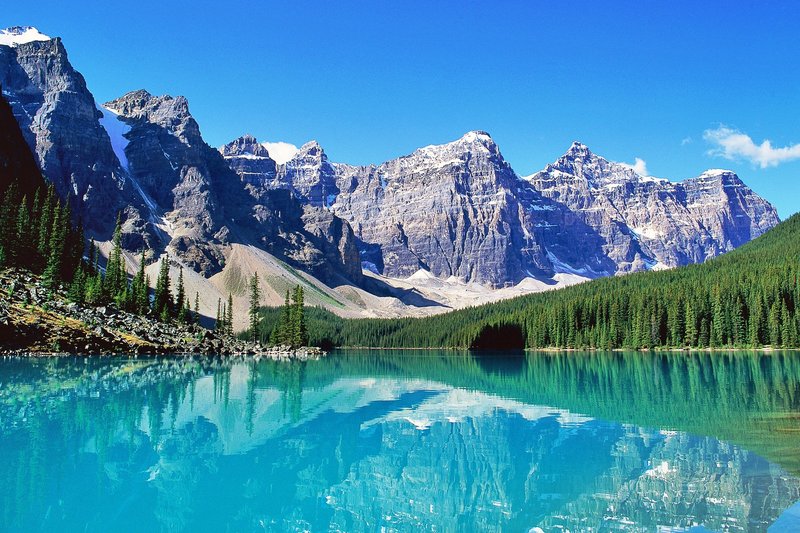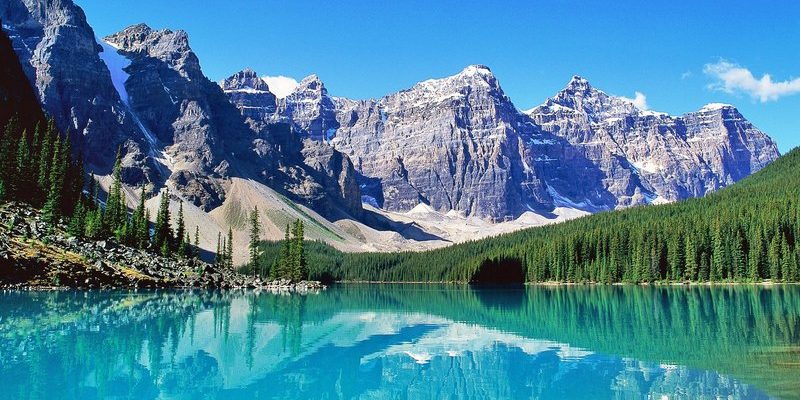
The Canada lynx thrives in cold, northern regions, primarily found in Canada and parts of Alaska and the contiguous United States. It loves habitats filled with dense forest and plenty of snow, where it can hunt and stalk its prey. But here’s the thing: the lynx doesn’t just inhabit these areas; it plays a crucial role in maintaining the balance of life around it. Imagine a delicate web, where each strand is connected—remove one, and the whole thing could unravel. The lynx is a key strand in the ecological web of its habitat.
Understanding the Role of the Canada Lynx
The Canada lynx is known for its incredible hunting prowess, particularly of a small prey called the snowshoe hare. Think of the hare as a fancy appetizer and the lynx as a fine-dining chef. If the chef doesn’t serve the right amount of that dish, the overall meal—the ecosystem—could be thrown off. The Canada lynx keeps the snowshoe hare population in check. When the hare population rises too high, it can lead to overgrazing and impact the vegetation in the area.
Equally important, the lynx is part of a larger food chain. Many larger predators depend on this feline for food. For example, wolves and eagles will scavenge on lynx carcasses. So, in a way, while the lynx is hunting its main food source, it’s also indirectly feeding other predators. This makes the lynx a critical player in promoting biodiversity within its ecosystem.
Impact on Biodiversity
Biodiversity is the variety of life in a particular habitat, and the Canada lynx plays a significant role in maintaining it. When we have a healthy lynx population, we see a balanced mix of species. A thriving lynx population typically correlates with a stable snowshoe hare population. When the hares are well-managed, it allows for healthier vegetation growth, which brings in a variety of other animal species.
Think of it like a concert: each instrument contributes to the overall sound. If one instrument is missing, the music doesn’t sound right. Similarly, the Canada lynx’s presence ensures that all parts of its environment are harmonized. Without them, we might see a decline in certain species and an overabundance of others, leading to a less diverse ecosystem.
Adjusting to Climate Change
Here’s something to consider: as climate change progresses, the Canada lynx faces new challenges. With rising temperatures and changing snow patterns, the habitat that it thrives in is shifting. Lynx rely on snow to track and hunt their main prey, the snowshoe hare. If the snow doesn’t arrive when it’s supposed to, or if it melts faster, the lynx can’t hunt effectively.
This situation affects the entire ecosystem. If lynx can’t find food, their population will dwindle, which puts added pressure on the already vulnerable hare population. And we just discussed how that can lead to an unbalanced ecosystem. So, the health of the Canada lynx is not just about protecting one species; it’s about maintaining the complex relationships within the ecosystem.
The Canada Lynx’s Habitat Needs
To thrive, Canada lynx need specific habitats. They prefer dense, coniferous forests where they can hide and stalk their prey. But this habitat isn’t just a choice; it’s essential for their survival. If we want to ensure that lynx populations remain stable—and by extension, help support the ecosystem—we need to protect these critical areas.
Imagine a cozy café that serves your favorite drink. If that café closes down, you won’t just miss out on coffee; you might also lose your favorite hangout spot where friends gather. For the Canada lynx, losing its habitat means losing access to food and shelter. Conservation efforts focus on protecting these areas, ensuring that the lynx has a safe space to live and hunt.
Conservation Efforts and Their Importance
Conservation isn’t just a buzzword; it’s a lifeline for animals like the Canada lynx. Various organizations are working to protect lynx habitats and their populations. This includes monitoring lynx numbers, protecting their habitats, and raising public awareness about their ecological importance.
One effective method of conservation is creating wildlife corridors. These corridors connect fragmented habitats, allowing lynx to move safely between areas to find food and mates. Think of it as a series of bridges that link different neighborhoods, ensuring that everyone can easily and safely get to where they need to go. By supporting these efforts, we’re not just helping the lynx; we’re also looking out for countless other species that rely on a healthy ecosystem.
The Lynx and Human Interaction
You might be wondering how human activity impacts the Canada lynx. The truth is, our actions can either help or hurt their chances of survival. Urban development, logging, and other forms of habitat destruction pose significant threats to these magnificent creatures. When we encroach on their territory, we risk pushing them into smaller spaces, making it harder for them to survive.
On the flip side, there are ways we can help. By advocating for responsible land use, supporting conservation initiatives, and educating others about the lynx’s role in nature, we can make a positive change. It’s like fostering a friendship; the more you support and understand each other, the stronger the bond becomes. By protecting the Canada lynx, we strengthen the entire community of species around it.
Final Thoughts: Why It Matters
In conclusion, the Canada lynx is more than just a beautiful animal—it’s a vital part of the ecosystem. By controlling prey populations, supporting biodiversity, and adapting to environmental changes, the lynx maintains the delicate balance of its habitat. When we work together to protect this incredible creature, we’re not only helping it thrive but also ensuring the health and stability of the entire ecosystem.
So, the next time you hear about the Canada lynx, remember that it’s not just about this one species. It’s about the intricate web of life that connects us all. Let’s do our part to ensure that these amazing animals continue to roam our forests for generations to come. After all, a healthy environment is a shared treasure, and it’s up to us to protect it.

